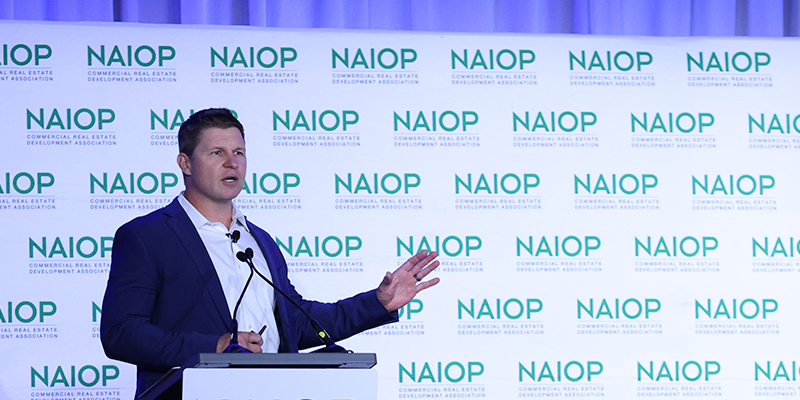The political battle over the presidency and the control of both chambers on Capitol Hill is expected to garner most of the attention of the national media this year. While the outcome of these campaigns will have significant implications on policy debates at the national level, they should not overshadow or minimize the important political races for control of state legislatures and gubernatorial offices across the country. The outcome of these more grassroots races in comparison to control of state capitols may be more reflective of the policies of importance to the American people.
Republican governors currently hold a 27 to 23 advantage over Democrats heading into 11 gubernatorial elections later this year. The 11 states holding gubernatorial races in the fall are Delaware, Indiana, Missouri, New Hampshire, North Carolina, North Dakota, Utah, Vermont, Washington and West Virginia. Except for Montana, North Dakota (to be determined), Utah and Vermont, the current incumbents are either term-limited, not seeking re-election or seeking another elected office. North Carolina is expected to be one of the most competitive this year because Democrat Rory Cooper is unable to seek reelection based on term limits and the recent Republican successes for statewide and presidential offices.
The Nov. 5 election will also see 99 state chambers holding either their regular or special elections for political control of their state legislatures. Republicans currently hold a nearly 10% advantage over Democrats in party-control of state legislative chambers. Both the Republican State Leadership Committee (RSLC) and the Democrat Legislative Campaign Committee (DLCC) are gearing up to protect, narrow or take control of chambers held by the other party.
The RSLC will be defending Republican majorities in 56 of the chambers this election cycle that includes targeting their funds and resources in Arizona, Florida, Georgia, New Hampshire, and Texas. Many of their targeted states, such as Arizona and Texas, have seen a significant migration of residents and businesses from other states that has shifted the political landscape in many local districts. Opportunities to flip state chambers for the RSLC also include Michigan, Minnesota and Pennsylvania. The RSLC strategy also focuses on narrowing the democrat majorities in New York, Nevada, New Mexico, Oregon and Washington.
The DLLC’s Path to Majority on the other hand intends to build on the momentum from mid-term legislative victories last year that flipped the Virginia House of Delegates into a democrat majority. The success for Democrats and the DLCC follows the success of turning four legislative chambers from Republican to Democrat in 2022. The DLCC will also focus on making strategic gains in states with “diversifying populations” while protecting gains in Michigan, Minnesota and Pennsylvania. These diversifying states are Georgia, North Carolina and Wisconsin. Another target for the DLCC includes Arizona based on the shifting domestic landscape, as mentioned for the RSLC as well, and the current political margins in the legislature.
Single-party control of both the governorship and the legislative branch is commonly known as the trifecta of state government. State trifectas weaken the ability of the minority party to influence policy outcomes. At the end of last year, Republicans held 22 state trifectas of government, compared to seventeen by the Democrats. The minority parties within trifecta state capitols will seek to strengthen their legislative position with victories this fall.
Notwithstanding the presidential campaigns, and the state of national or international affairs, many national non-governmental organizations are expected to continue their focus on state legislative races because of the continued political gridlock in Washington, D.C., that hinders implementation of their policy objectives. Their policy objectives include areas of interest to commercial real estate, such as tax policy, the environment, economic growth, and community and workforce development.
The importance of the NAIOP chapters and their members in remaining engaged in the electoral process and supporting candidates, who take into consideration the interests of the commercial real estate industry, remains undiminished. The electoral outcomes on Nov. 5 will play a key role in the policy debates occurring within state capitols for many years to come.








